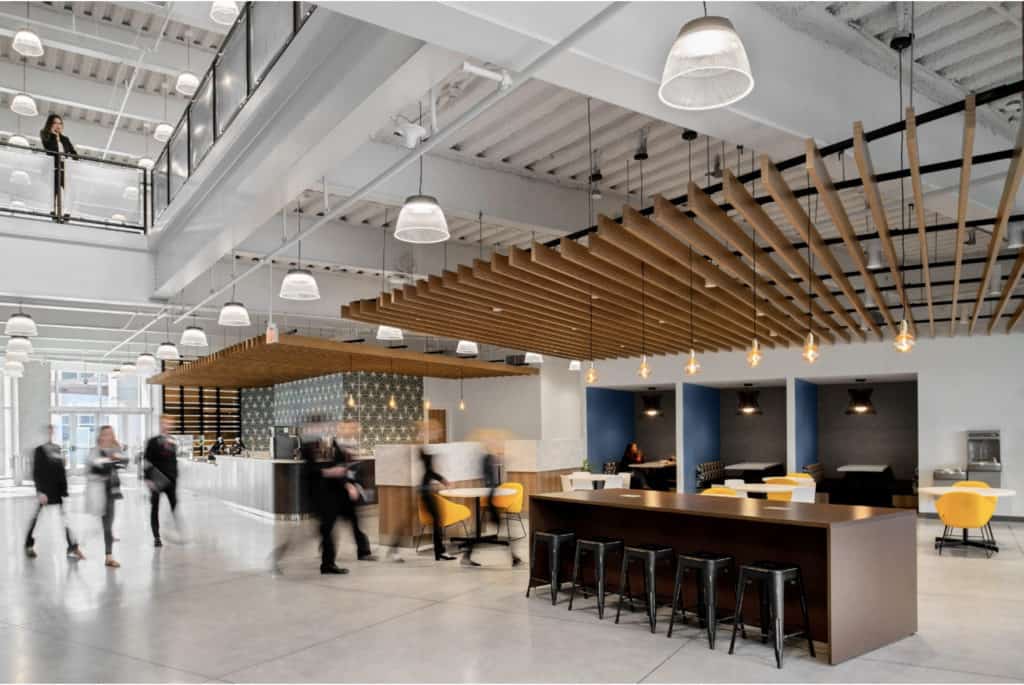HOK’s WorkPlace practice has issued its latest report, “Designing a Neurodiverse Workplace,” exploring how organizations can create physical work environments that support the full range of employees: neurotypical and neurodivergent.
HOK’s comprehensive report includes interviews with experts as well as suggestions for design strategies, operational changes and individual adjustments that can support neurodiverse and neurotypical staff alike.
According to the report, approximately 15%-20% of people are neurodivergent, i.e., have one of a collection of conditions that includes autism spectrum disorder, attention deficit hyperactivity disorder and dyslexia, according to the report. Employers are beginning to recognize that accommodating neurodiverse people can provide a significant competitive advantage. This is leading to a range of more inclusive policies, programs and procedures, though this recognition is only just beginning to affect workplace design.
“Designers have an opportunity to influence the physical and cultural adaptations required to make workplaces more inclusive,” said Kay Sargent, a director of HOK’s WorkPlace practice. “We need to ensure that the most valuable assets and currency of every business—its people—have the opportunity to be happy, healthy, engaged and empowered.”

